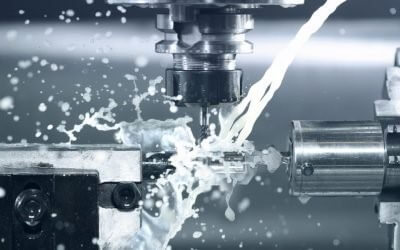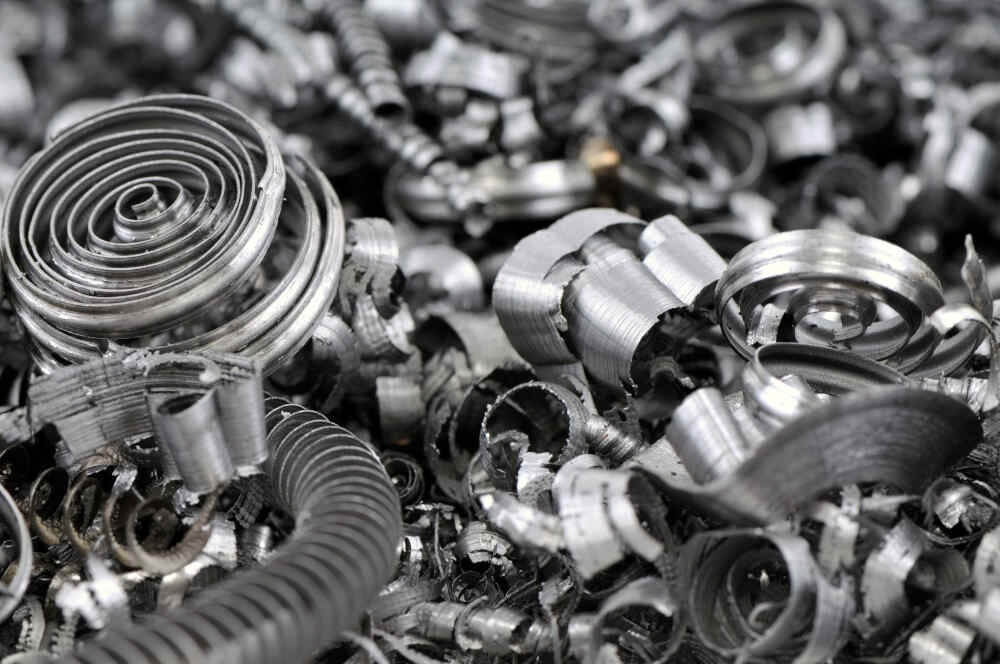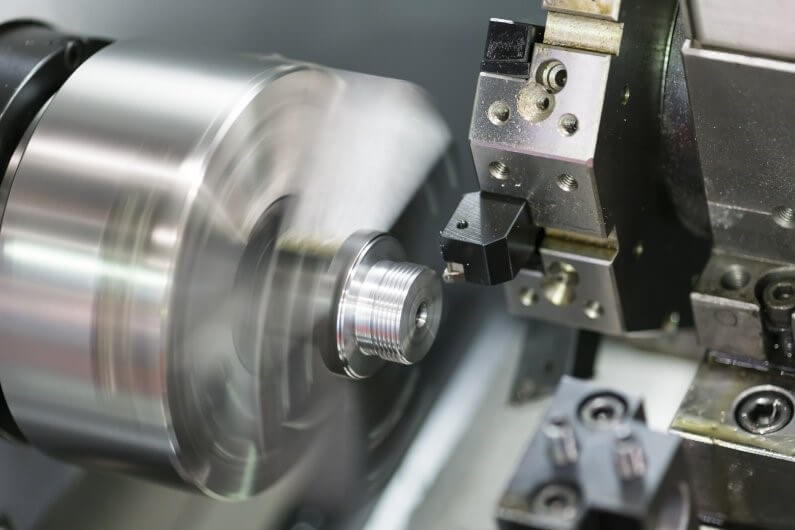Understand the Pros and Cons of CNC Rapid Prototyping
Hopefully, our previous article on rapid prototyping has given you an idea of the benefits of rapid prototyping in your engineering and design processes. But even if you decide to take the plunge, you may still face a crossroads; either choose CNC machining or additive manufacturing for your rapid prototyping project. This article covers the pros and cons of using CNC rapid prototyping in your product development projects. It will serve as a guide to help you make the right decision and get ahead of your competitors.
1.Advantage 1: CNC rapid prototyping machines are very accurate
Computer numerical control (CNC) machines are one of the most accurate machining technologies available today. This is because most CNC machining processes are fully automated, eliminating the “human error” factor common in traditional manufacturing processes such as injection molding.
Product designers who want to make prototypes simply create a 3D CAD model of their design. A machine shop can accurately manufacture the part to specification without any problems. These machines can produce parts with a tolerance of ±4 μm, which is more than accurate enough for the vast majority of prototyping requirements.

2.Advantage 2: CNC machining is fast and easy to modify
The automated nature of CNC machines also makes them very fast. CNC machines can create prototypes in a few hours, while traditional manufacturing processes can take days (sometimes weeks) to complete. In addition, because CNC machining has a shorter lead time, you and your engineering team can quickly test CNC prototype parts and make necessary design modifications to make the product perform as expected. Short lead times are especially important if you want to get ahead of your competitors by quickly bringing new products to market.
3.Advantage 3: CNC machines can process a variety of strong materials
Additive manufacturing technologies such as 3D printing have some similarities with CNC machining – both are automated and rely on 3D CAD files to create prototypes. However, CNC machining differs from 3D printing in its compatibility with a wide range of difficult-to-process engineering materials. Product developers can better understand the trade-offs between performance, cost, and appearance when making prototypes with different raw materials.
4.Advantage 4: CNC rapid prototyping has a low cost
CNC machining helps reduce the initial investment cost of new product development because separate or new tools are not required each time a prototype is created. You can invest resources in other important aspects of product development, such as prototype testing and quality control.

5.Disadvantage 1: Waste of material
CNC machining is a subtractive process — it removes a portion of the stock material until the desired prototype part is made from the workpiece. You have to buy more material than the part requires, while 3D printing can build the prototype from scratch with little waste.
6.Disadvantage 2: Some geometric limitations
Since the CNC cutting tool contacts the workpiece from the top, some features and hidden geometries may be difficult to create. 3D printing may be better suited for this situation because they are not affected by the contact of the cutting tool.
7.How to make the right decision for your situation
CNC machining, 3D printing, injection molding, and polyurethane casting are not one-size-fits-all, so how do you choose the best one for your rapid prototyping project? If you want to quickly create a large number of prototypes with improved structural integrity and good mechanical properties, then you should choose CNC machining. In contrast, 3D printing is more suitable for making small batch prototypes for visualizing concepts.
Injection molding and polyurethane casting combine the structural integrity of CNC machining and the good surface finish of 3D printing, and can be used to make prototypes. However, they are characterized by high tooling costs and long setup lead times. They may not be a cost-effective option for low-volume prototypes.
